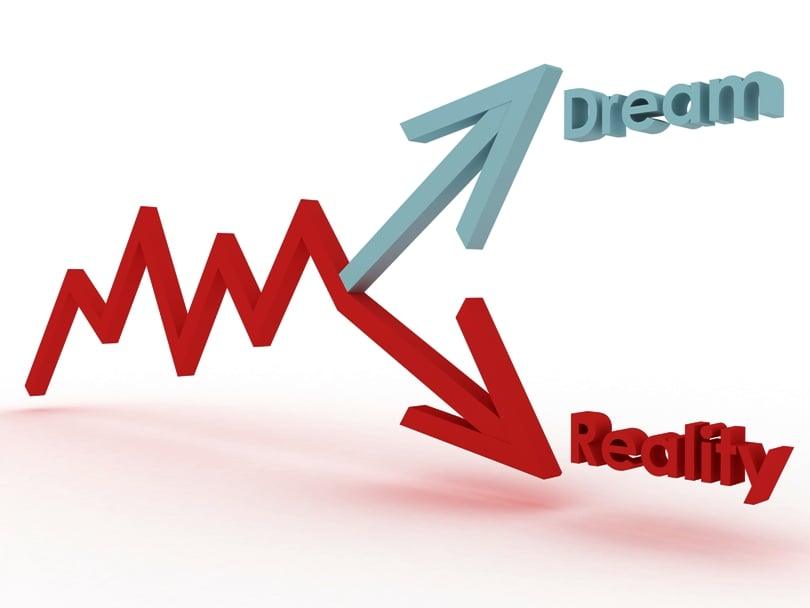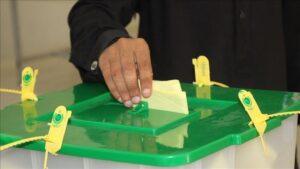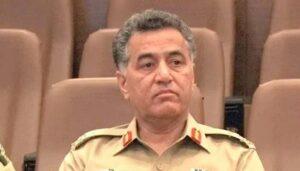ISLAMABAD:
Not at all, if we look at per capita consumption and spending patterns. Yes, if you consider GDP per capita (gross domestic product).
When assessing a country’s economy, income, and poverty status, GDP per capita is considered the most common indicator. For Pakistan, this indicator is certainly lower and categorizes us as a low-income country and a nation struggling with poverty.
However, a deeper dive into the consumption patterns of Pakistanis reveals a more nuanced reality. Despite a relatively low GDP per capita, Pakistanis exhibit consumer behaviors that suggest a higher standard of living than GDP figures alone would indicate.
The current GDP per capita in Pakistan is around $1,600, placing us among the low-income countries globally. However, this figure does not fully reflect the economic activities and consumption habits of its population.
Household consumption spending was around $285 billion in 2023, with GDP of $374 billion. It is evident that a significant portion of our economy is driven by consumer spending.
One of the most telling indicators of Pakistanis’ consumption patterns is their spending on luxury goods. The luxury fashion market in Pakistan is projected to grow by 2.12% annually, reaching $400 million by 2029.
This is in addition to the luxury goods that Pakistanis buy abroad, estimated at more than $1.3 billion a year. This growth suggests strong demand for high-end products, which is not typically associated with a poor population.
In 2024, per capita spending on clothing and footwear in Pakistan is estimated to be $55. While this may seem modest compared to developed countries, it is significant when compared to other nations with similar GDP per capita.
For example, Bangladesh, with a comparable GDP per capita, has lower spending in this category, indicating that Pakistanis prioritize and allocate more resources to their clothing needs.
Eating out is another area where Pakistanis spend a considerable amount. The food and restaurant sector has seen substantial growth, with urban areas such as Karachi, Lahore and Islamabad boasting a vibrant food scene.
This trend is indicative of disposable income being spent on leisure and social activities, further challenging the notion of widespread poverty.
It is estimated that the middle and upper middle class today eat out at least three times a month, compared to just once a month just a few years ago. The increase in restaurants and dining rooms is proof of this trend.
To put Pakistan’s consumption in perspective, let’s compare it with countries like Egypt and the Philippines. Egypt, with a GDP per capita of around $3,000, has similar levels of consumer spending pattern as Pakistan, particularly in urban areas where dining out and shopping for luxury goods are also popular. This shows that Pakistanis spend twice as much as Egyptians.
The Philippines, with a GDP per capita three times that of Pakistan, also has the same level of per capita consumption, so Pakistanis spend three times as much as Filipinos.
It is important to note the disparity between urban and rural consumption patterns. Urban areas, such as Karachi, Lahore and Islamabad, exhibit higher spending on luxuries, dining and entertainment.
In contrast, rural areas tend to have lower levels of consumption and focus more on essential goods and services. This urban-rural divide highlights the unequal distribution of wealth and consumption within the country.
A major factor contributing to this income-expenditure paradox is the significant influx of remittances from Pakistanis working abroad. These remittances increase household income and allow greater spending on goods and services.
The absence of productive sectors or savings options results in remittances being used to spend on food, clothing and luxury items.
While Pakistan’s GDP per capita suggests a nation struggling with poverty, its consumption patterns tell a completely different story.
Significant spending on luxuries, clothing, dining and other non-essential goods indicates that many Pakistanis enjoy a higher standard of living than GDP figures alone would suggest. This paradox underscores the importance of looking beyond traditional economic metrics to understand a country’s true economic picture.
This insight is crucial for policymakers, economists and businesses seeking to engage and understand the Pakistani market in its true structure, realities and potential.
The size of the private credit market is also quite revealing in this regard. Some economists may not consider this healthy, but it is important to keep it in mind at least when analyzing our economy and its trends.
In Pakistan it is often said that we are not poor at heart. We’re probably not poor in pocket either, or at least most of us are.
The writer is an international economist.




